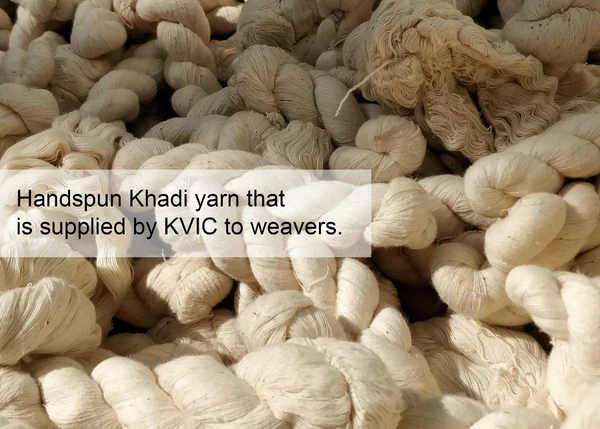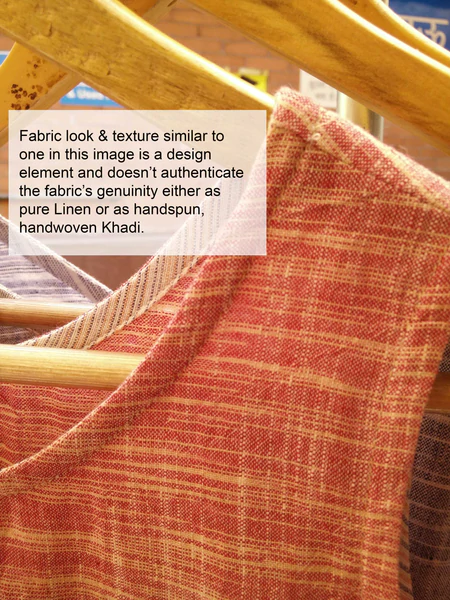
A lot has been talked and discussed about Khadi; some associate it with freedom movement and Gandhian philosophy others take it as our future means to a sustainable economy. While we believe, to maintain a balanced approach, one should question every mind-set around Khadi. And we urge everyone to do the same. Through this approach, one shall actually make an informed decision about it.
Talking about informed decisions. We and our friends who work with Khadi and in handicrafts often come across family, friends and patrons who know the historical and philosophical importance of Khadi but fail to understand what exactly it is in physical/practical form. As we always say, the true joy lies in understanding and then questioning the basics. So first things first! Let’s try answering these questions-
WHAT IS KHADI?
AND LASTLY, WHAT IS THE DIFFERENCE BETWEEN KHADI & LINEN?
Keeping aside all the philosophical connotations. Khadi fabric can be simply explained as a piece of fabric made in India by hands. That said Khadi by default should be handspun and handwoven.
WHAT IS THE DIFFERENCE BETWEEN KHADI & HANDLOOM FABRICS?

Just like all squares are rectangle but not all rectangles are square, all Khadi is handloom but not all handloom fabrics can qualify as Khadi. While, it is necessary for Khadi fabrics to be made using handspun yarn, no such boundation is put on handloom fabrics. Which means that any type of yarn (mill made, man-made, natural, handspun) can be used on a handloom to make a length of fabric.
There is a general misconception that Khadi & Linen are the same thing. And probably, the culprit for this is the differential dyeing and uneven look that comes in the weave of the fabrics which are being marketed by Linen brands, has been extensively used in Khadi as well. But this doesn’t serve as an answer.
For a clearer understanding, Linen is a type of textile that is made from the fibres obtained from Flax plant. Similarly, Cotton is obtained from boll/pod of Cotton plant. Silk comes from Silk worm and Wool comes from Sheep, Goats, Yak, Rabbit and even Dogs (though this is a recent thing). Why all this needs to be explained, you may ask. Simply because Khadi can be made in India by hand using Cotton or Silk or Wool or if you wish to mix two of them in different ratios. You can even use Linen (as long as it is handspun!).
And that is the difference between linen and Khadi. Khadi is a textile made by hand (process defines it). Linen is textile made using Flax plant fibre (origin of raw material defines it!)
Which one is better than other, is a question that totally depends on the requirement as well as personal preference. What really needs to be asked is- how do you decide the genuineness of a Khadi product and how do you define what is good and what is bad.. which is sort of complex but that story is for other time. Till then, we shall be happy to answer your questions.
Source: Cottonrack.com

